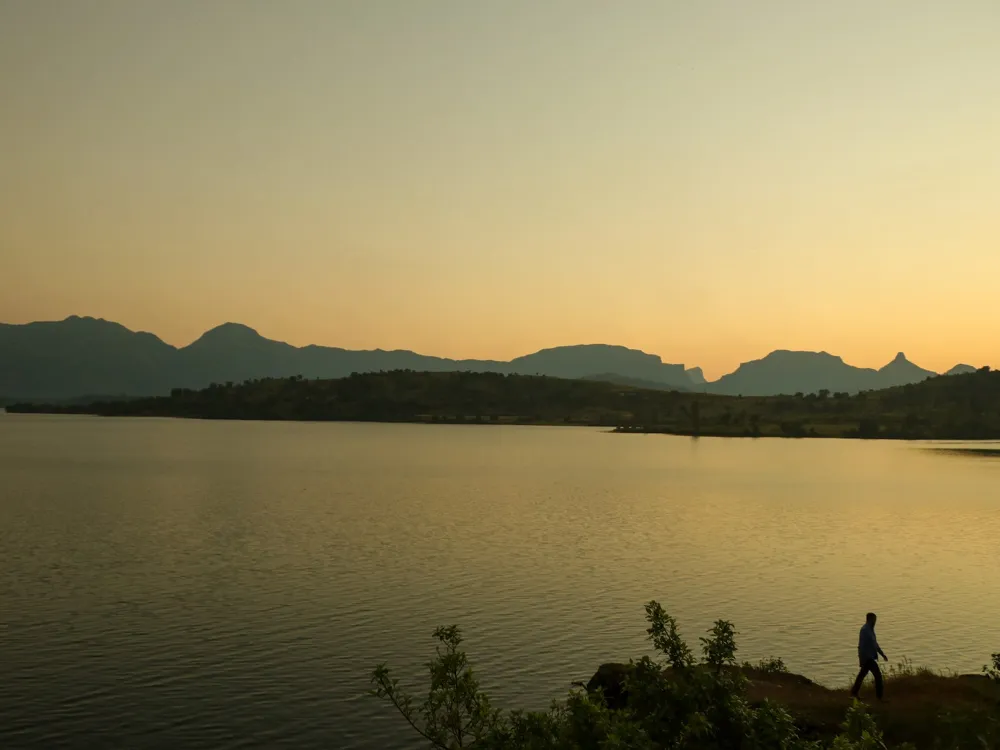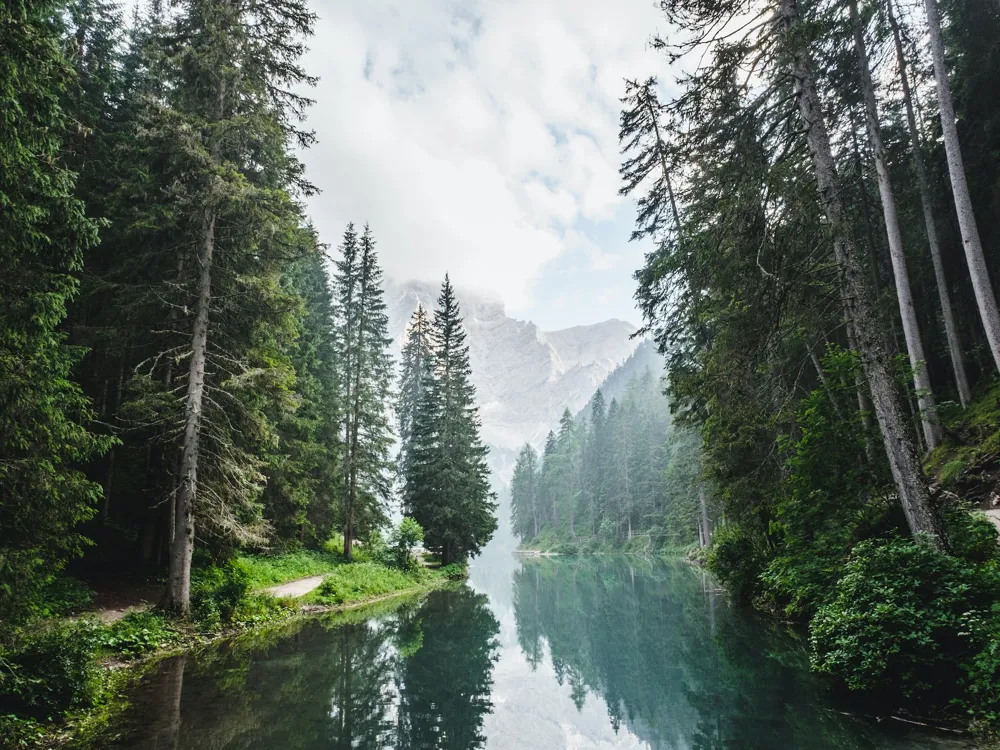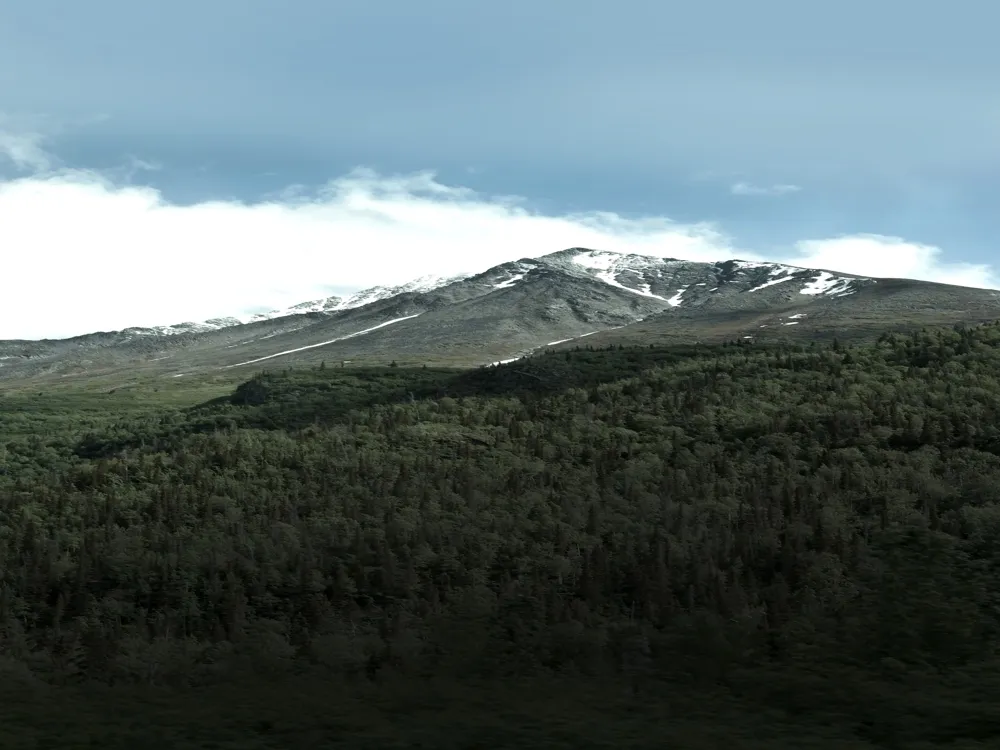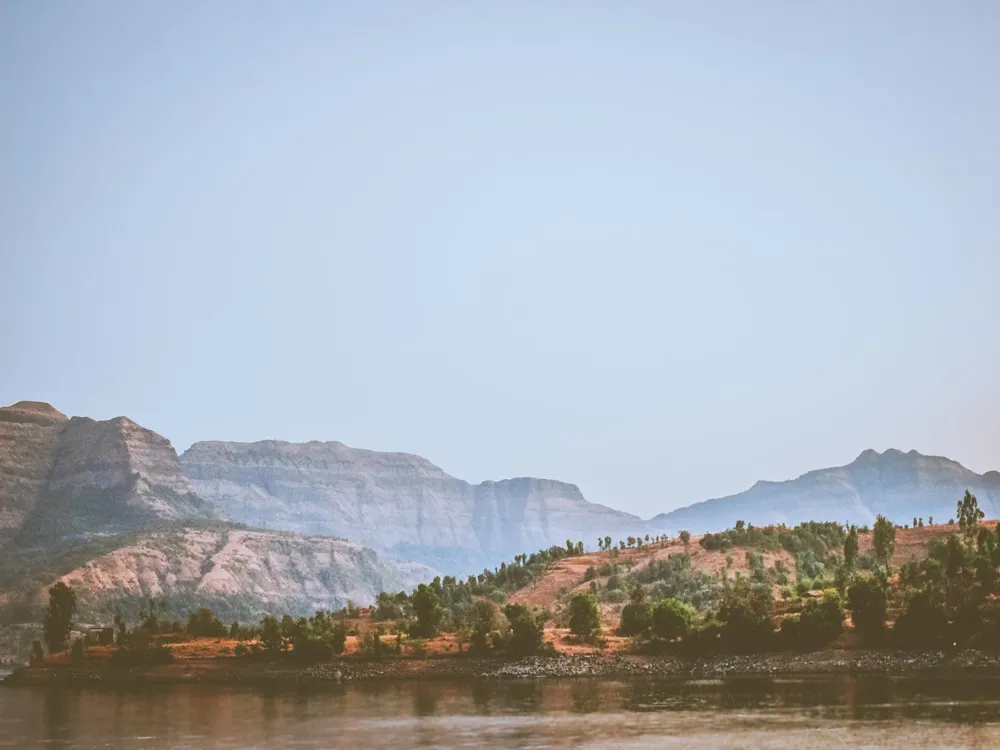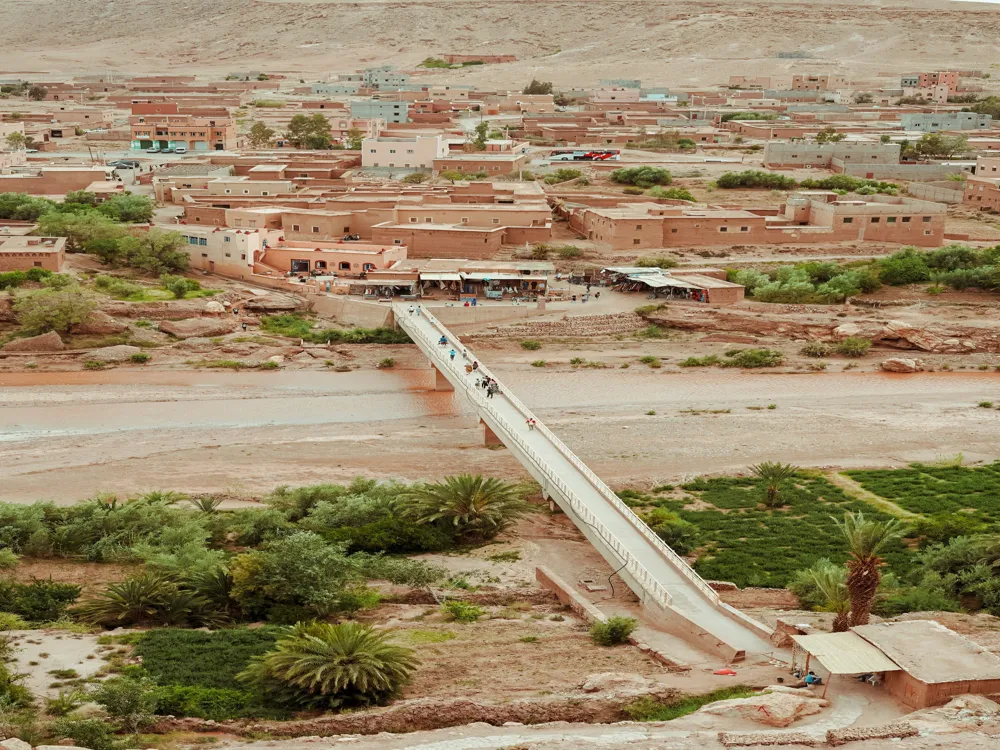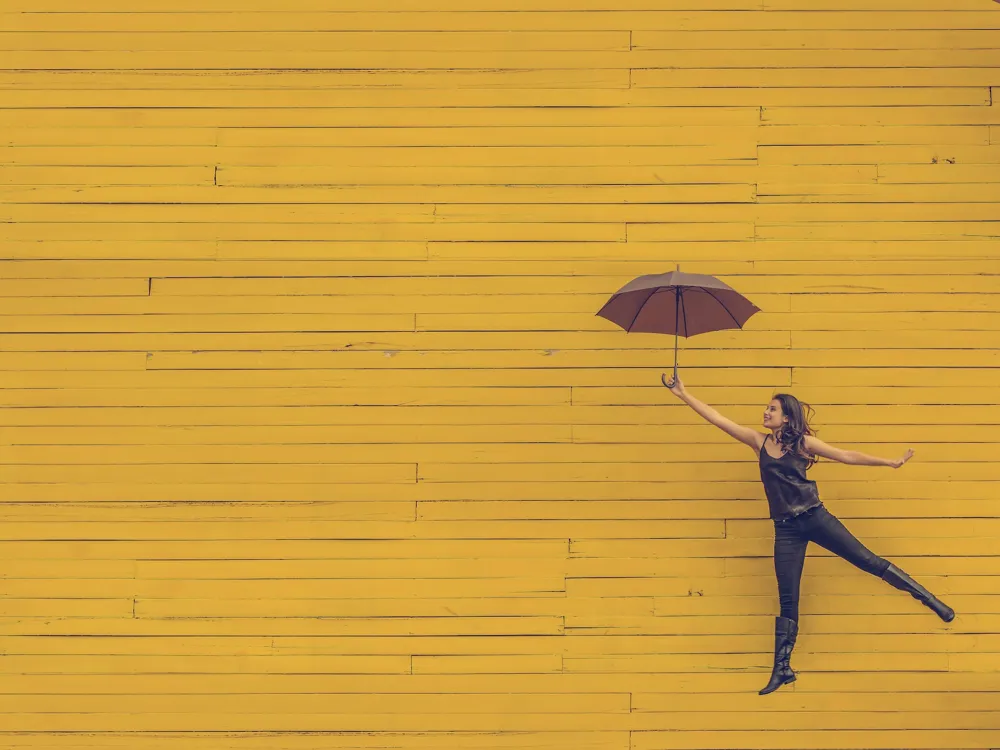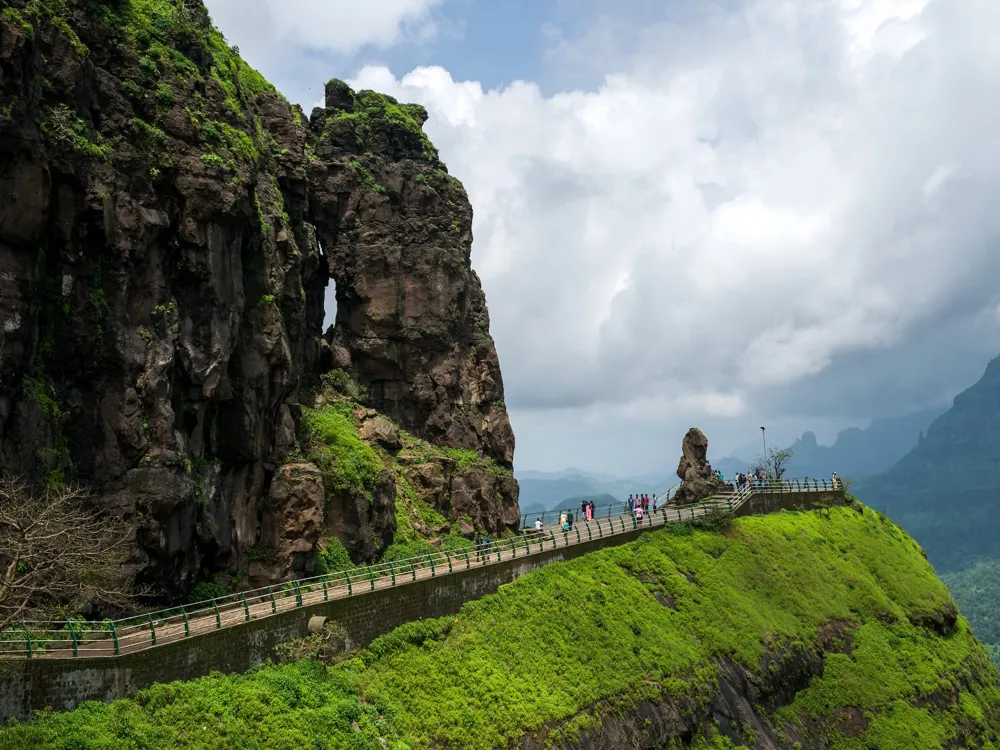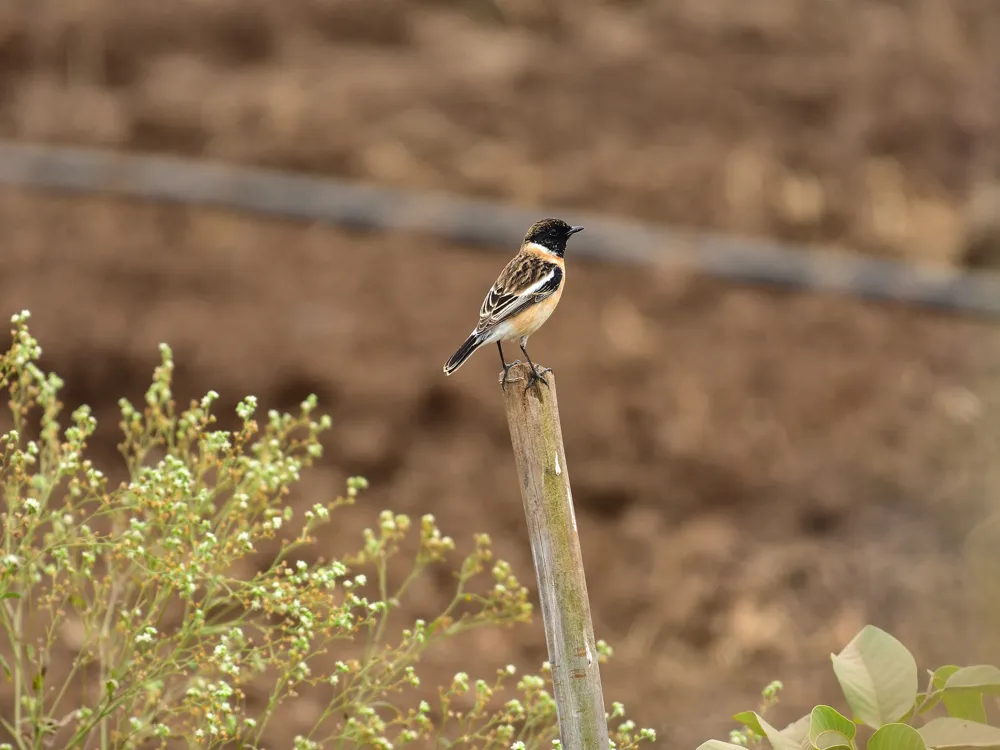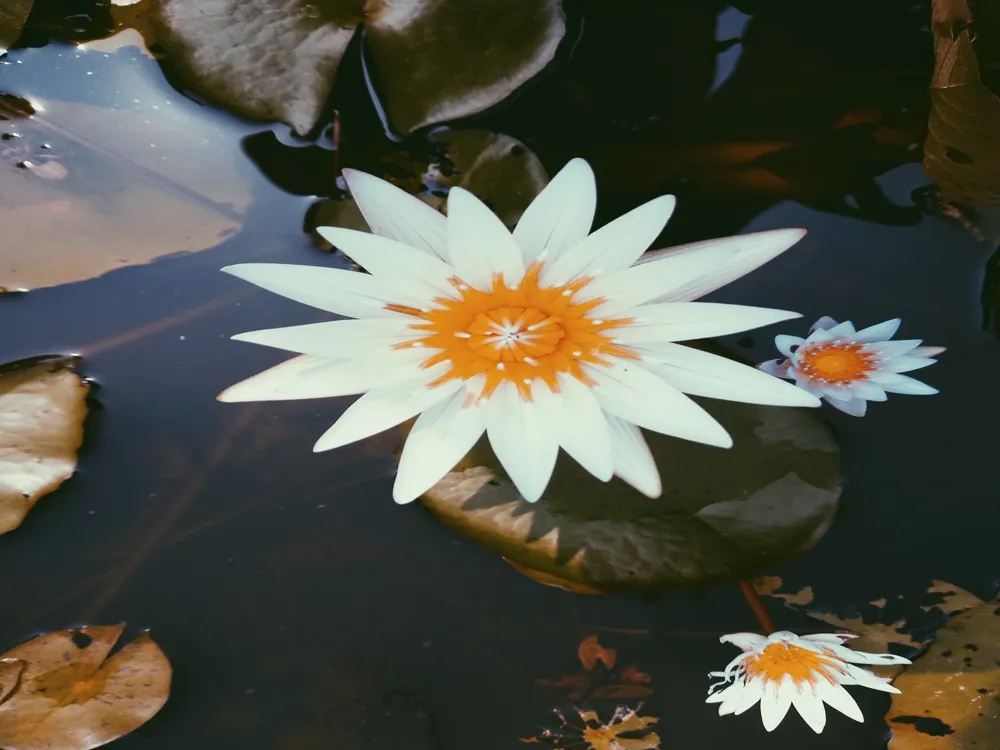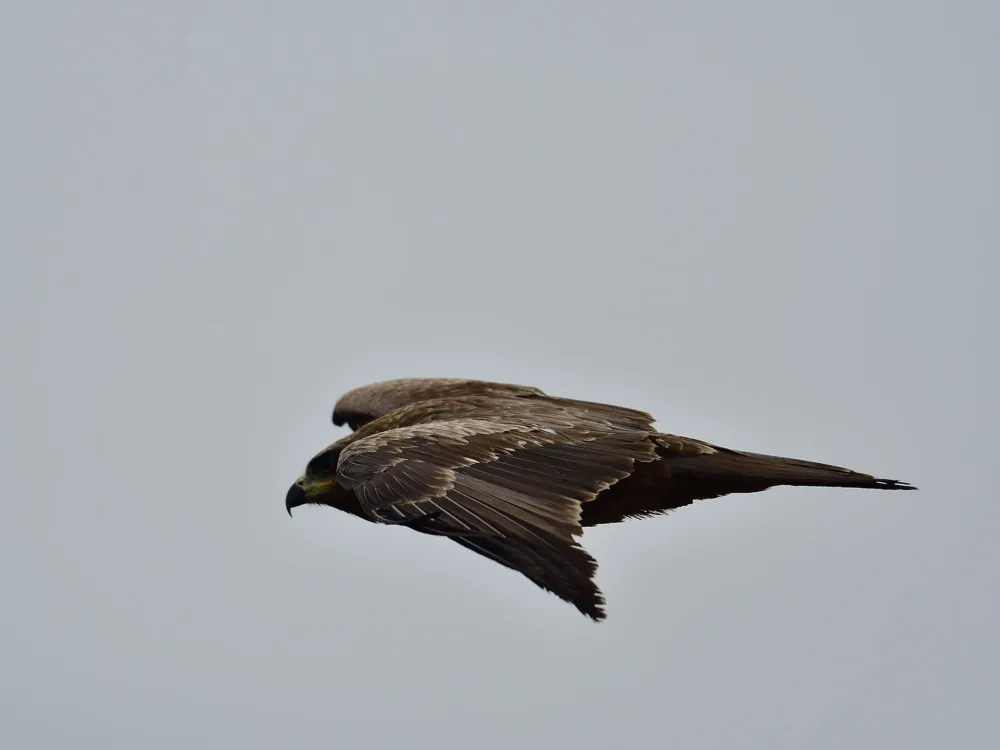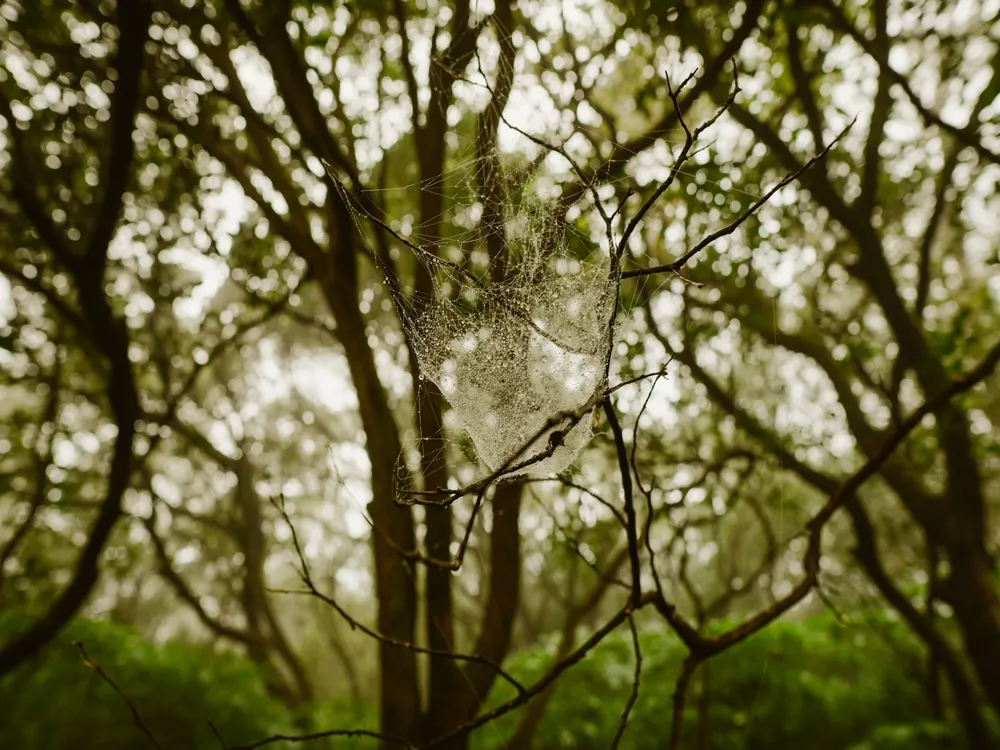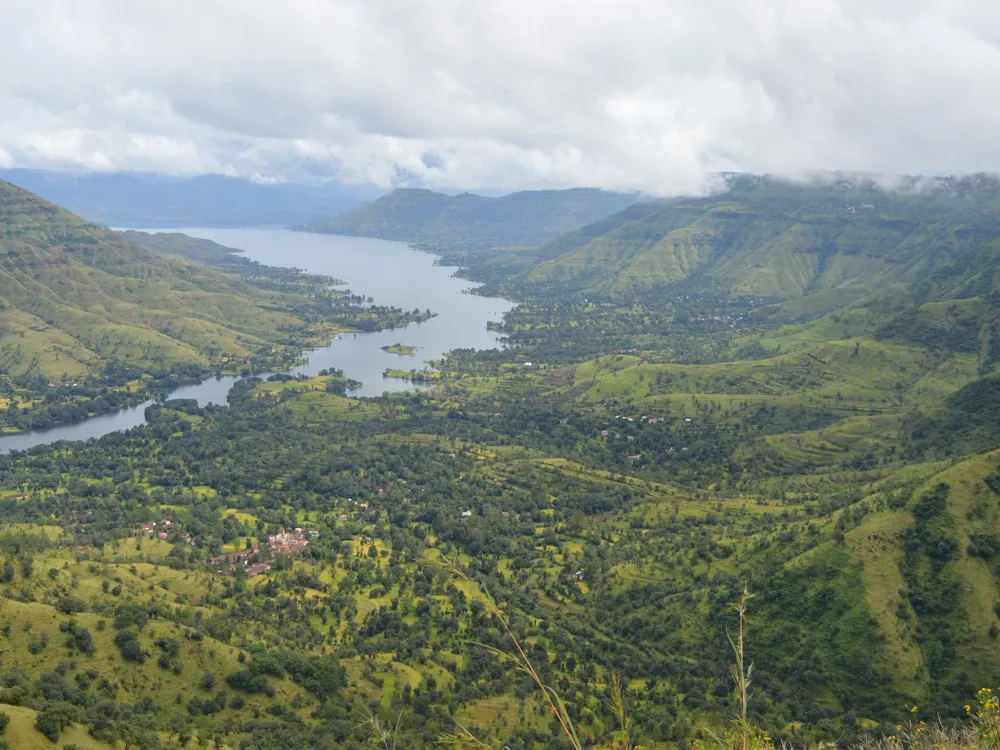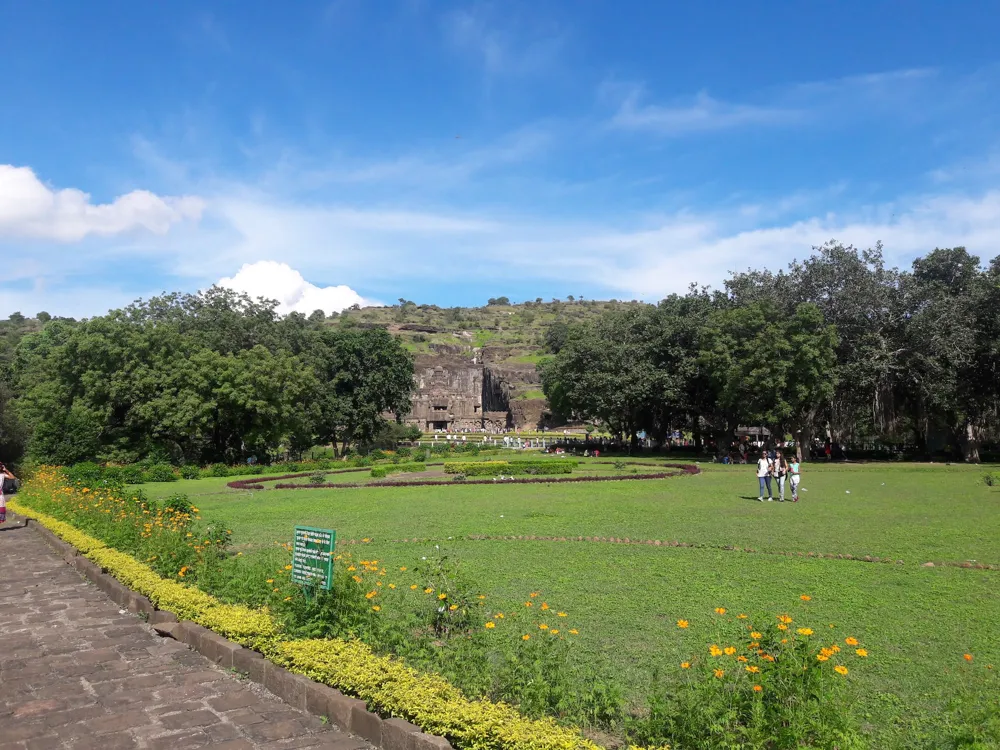Nestled in the verdant landscapes of Bhandardara, Maharashtra, Randha Falls is a spectacular natural wonder that captivates visitors with its majestic beauty. Originating from the Pravara River, this waterfall plummets from a height of 170 feet, creating a breathtaking spectacle. The area surrounding the falls is rich in flora and fauna, offering a serene retreat for nature lovers and photographers alike. During the monsoon season, the falls transform into a roaring cascade, attracting tourists from all corners of the country. The panoramic views of the surrounding Sahyadri ranges add to the enchanting experience of visiting Randha Falls. The history of Randha Falls is deeply intertwined with the local culture and traditions of the region. It has been a source of inspiration for many local artists and poets, who have captured its beauty in their works. The falls also play a significant role in the local ecosystem, supporting a variety of plant and animal life. Visitors often find themselves mesmerized by the soothing sounds of the water and the picturesque landscapes, making Randha Falls a must-visit destination in Bhandardara. While Randha Falls is a natural formation, its architecture can be described in terms of its geological structure and the surrounding environment. The falls are formed as the Pravara River makes its way through the rugged terrain of the Sahyadri Mountains, leading to the formation of a deep gorge. The cascade is characterized by its horseshoe shape, which enhances the visual appeal of the waterfall. Over the years, the constant flow of water has shaped the rocks around the falls, creating unique formations and a diverse landscape that is both rugged and beautiful. The area around Randha Falls boasts a rich tapestry of flora, including lush forests and diverse plant species. These natural elements contribute to the overall architecture of the site, creating a harmonious blend of water, rock, and greenery. The mist created by the falls nurtures the surrounding vegetation, adding to the mystical aura of the place. This unique combination of natural elements makes Randha Falls not only a stunning visual experience but also an architectural marvel of nature. The ideal time to visit Randha Falls is during the monsoon season, from June to September, when the water is at its fullest and most spectacular. However, visitors should be cautious as the area can be slippery and prone to heavy rainfall. Visitors should adhere to safety guidelines, avoid venturing too close to the edge of the falls, and be mindful of slippery surfaces. It's advisable to visit in groups and inform local authorities about your visit. For photographers, early morning light provides the best opportunity for capturing the falls. Using a tripod and filters can help in managing the light and capturing the motion of the water. There are several accommodation options nearby, ranging from budget to luxury. Visitors are advised to carry their own food and water as facilities near the falls are limited. Randha Falls is accessible via road from Mumbai and Pune. The nearest town is Bhandardara, which is well-connected by road. Visitors can take a bus or drive to Bhandardara and then hire a local vehicle to reach the falls. The journey offers scenic views of the countryside and the Sahyadri mountains, making the travel experience as enriching as the destination itself. READ MORE:Overview of Randha Falls, Bhandardara, Maharashtra
Architecture of Randha Falls
Tips When Visiting Randha Falls
Best Time to Visit
Safety Precautions
Photography Tips
Accommodation and Facilities
How To Reach Randha Falls
Randha Falls
Bhandardara
Maharashtra Goa
NaN onwards
View bhandardara Packages
Bhandardara Travel Packages
View All Packages For Bhandardara
Top Hotel Collections for Bhandardara

Private Pool

Luxury Hotels

5-Star Hotels

Pet Friendly
Top Hotels Near Bhandardara
Other Top Ranking Places In Bhandardara
View All Places To Visit In bhandardara
View bhandardara Packages
Bhandardara Travel Packages
View All Packages For Bhandardara
Top Hotel Collections for Bhandardara

Private Pool

Luxury Hotels

5-Star Hotels

Pet Friendly







